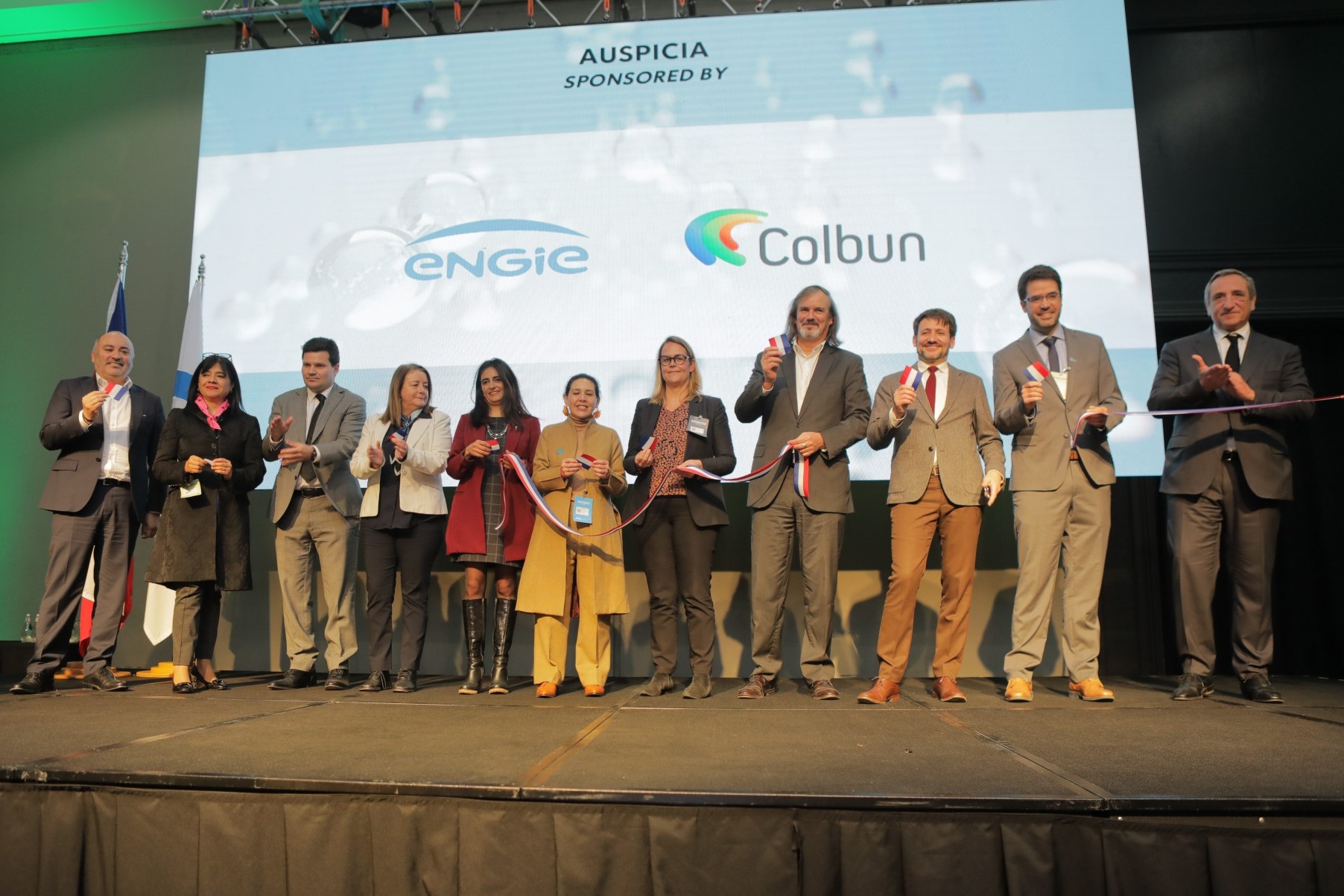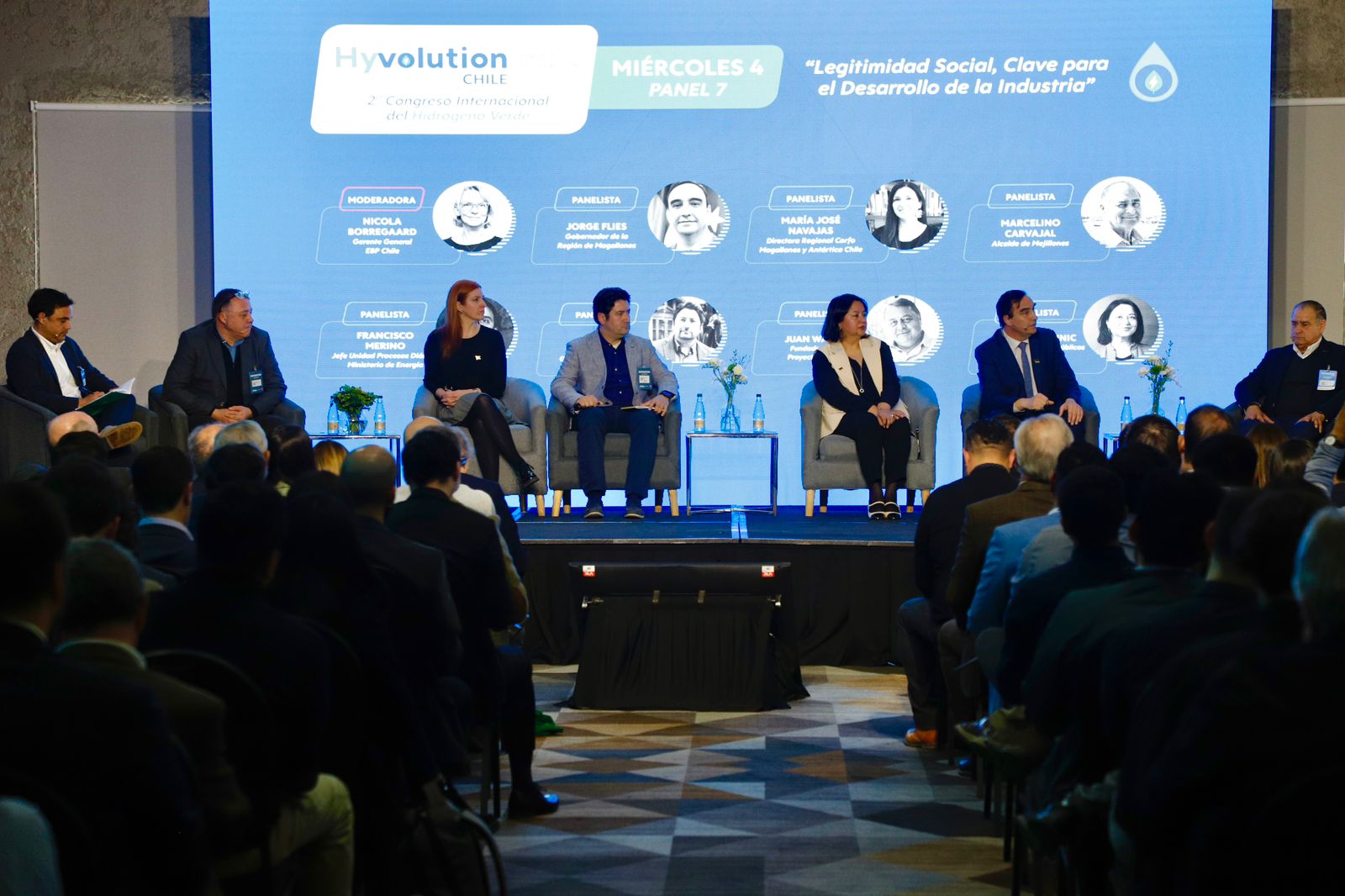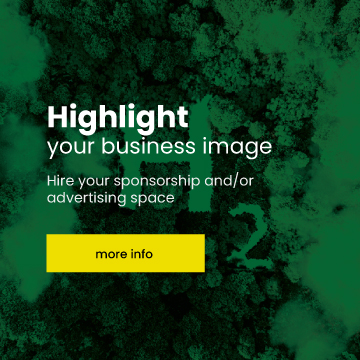
In another chapter of Tu Nuevo ADN, Andrea Obaid talked with Ricardo Repenning, about the construction of the first hydrogen bus made in Chile from scratch, with all the processes involved from logistics, testing and scientific and technological development, among other issues. The initiative marks a milestone at national level and has a budget of approximately $755 thousand dollars, financed by the different parties behind the project. Regarding the vehicle as such, it has a capacity for 24 passengers and a projected range of approximately 450 kilometers, with a maximum speed of 90n km/h. Elaborating on the bus and its essence, the guest mentioned that “it works with electric motors, but with the electricity that supplies it, instead of coming from a battery, it comes from a hydrogen cell.” “It is a device that takes hydrogen stored in a tank and combines it with oxygen from the air. With that it forms water and electricity. It uses hydrogen as a system to store that energy,” he said. Along the same lines, he emphasized the safety of this process despite the doubts and questions that arose at some point. He also acknowledged that “it must be treated with care, because it is a flammable gas (…) it is also odorless; the advantage it has is that it is very volatile“. “Therefore, in the bus we are manufacturing, the tanks are on the roof, so any type of leakage cannot enter the passenger compartment (…) it has systems that monitor any type of leakage”, he added. Regarding the advantages and characteristics that this type of energy has in comparison to other similar alternatives, the specialist highlighted the autonomy mileage that this bus has. “It is designed for operations that require long distances“. “Compared to a diesel bus, for example, the grace is that it is zero emissions, because that hydrogen is generated with renewable electricity,” he added, highlighting one of the most outstanding aspects. Project Stages The project is currently in the design phase, with testing phases expected in early 2025. The operation of key components must be analyzed, and then the transport’s performance in the field must be validated. “With that information, of how much hydrogen it consumes per kilometer, it is a very important input to later implement it in fleets that could even become public transport (…) everything depends on how the price of green hydrogen evolves,” explained Repenning. Continuing on the subject of its implementation, he pointed out that “probably, the first people to be transported will be miners, between the different sites and their homes. But the objective is that we can also democratize this technology and take it to different communities“. Taking all this into account, the expert directly involved in the initiative emphasized that “we are thinking about the prototype, then in a scaling phase, therefore, we see that small fleets could be in 2026-27; and then massification by 2030″. Source: ADN



 Related News
Related News Energy Minister says Hyvolution supports Chile’s leadership in green hydrogen
Energy Minister says Hyvolution supports Chile’s leadership in green hydrogen
 Hyvolution Chile consolidates its position as the most important green hydrogen meeting in Latin America: 4,391 visits and 35% of international exhibitors
Hyvolution Chile consolidates its position as the most important green hydrogen meeting in Latin America: 4,391 visits and 35% of international exhibitors
 Hyvolution 2024 Unveils Topics for its International Congress
Hyvolution 2024 Unveils Topics for its International Congress
